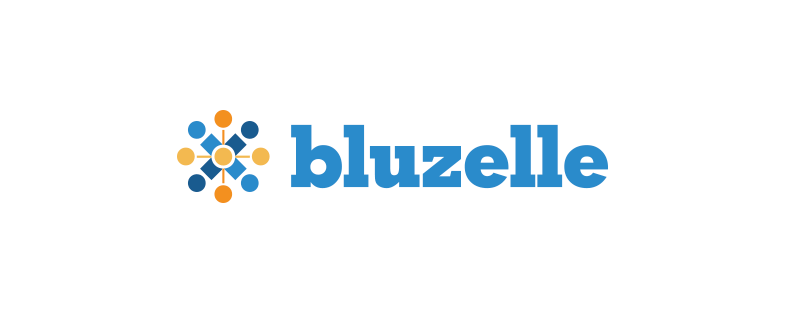Blockchain technology can be used for many different purposes. One of the use cases worth exploring is immutable and scalable data storage. That is precisely what the Bluzelle project is all about. This “next-gen database protocol” focuses on the decentralized internet and its associated applications first and foremost. While that sounds impressive on paper, it’s time to dig into the nitty-gritty of this project.
What is Bluzelle’s end Goal?
When it comes to decentralized applications – or dApps, as they are often called – centralized infrastructures are insufficient. Not only are cloud-based databases not the right way to go, but they also cause major scaling concerns for the entire industry. As such, Bluzelle wants to combine the best of the sharing economy with the token economy. Anyone can rent out excess computer storage space while dApp developers can use this space to store and manage their applications’ data.
How Will Bluzelle Achieve This Goal?
Under the hood, Bluzelle contains an interesting collection of various technologies. First of all, the data pieces are stored in groups of nodes, also known as swarms. This helps remove any concerns regarding a central point of failure, which is still a very real threat in the world of cloud computing. After all, a cloud is just someone else’s computer or server.
Secondly, Bluzelle claims to use an algorithm which is capable of providing boundless scaling. By storing the dApp data using a unique network model, it can provide scalable database servers regardless of the demand. As long as there are enough people sharing their excess storage space with Bluzelle, storing vast amounts of data will never be a problem.
All of these features are coupled with a dynamic performance solution. Bluzelle prides itself on being able to dynamically adjust the number and location of nodes sharing data to reduce request times. This will also help improve the overall performance of the ecosystem as a whole. The company has already built blockchain technology for firms such as Temenos, HSBC, Microsoft, and BT. It is evident there is a growing need for scalable blockchain-based data storage solutions.
What About the BLZ Token?
As is the case with all blockchain ventures, Bluzelle has its own native currency known as BLZ. This token can be exchanged for database services, and it can be earned by users who offer their computing resources on the database storage side of things. It is also possible to trade these tokens on some cryptocurrency exchanges, but their primary use case involves database storage. This token has nothing to do with file storage whatsoever, and it is important to distinguish between the two.
What Comes Next for Bluzelle?
Building out the infrastructure required to serve as a distributed database for dApps will not be easy. A minimum viable product is expected to be revealed in April of this year. Further improvements and technical additions will be made throughout the rest of 2018 and all of 2019. Some of the upcoming features include smart contracts, mobile apps, proof of stake requirements, and Sybil attack tolerance. Rest assured the next few years will be pretty interesting for Bluzelle, although there is a ton of work still to be done.

